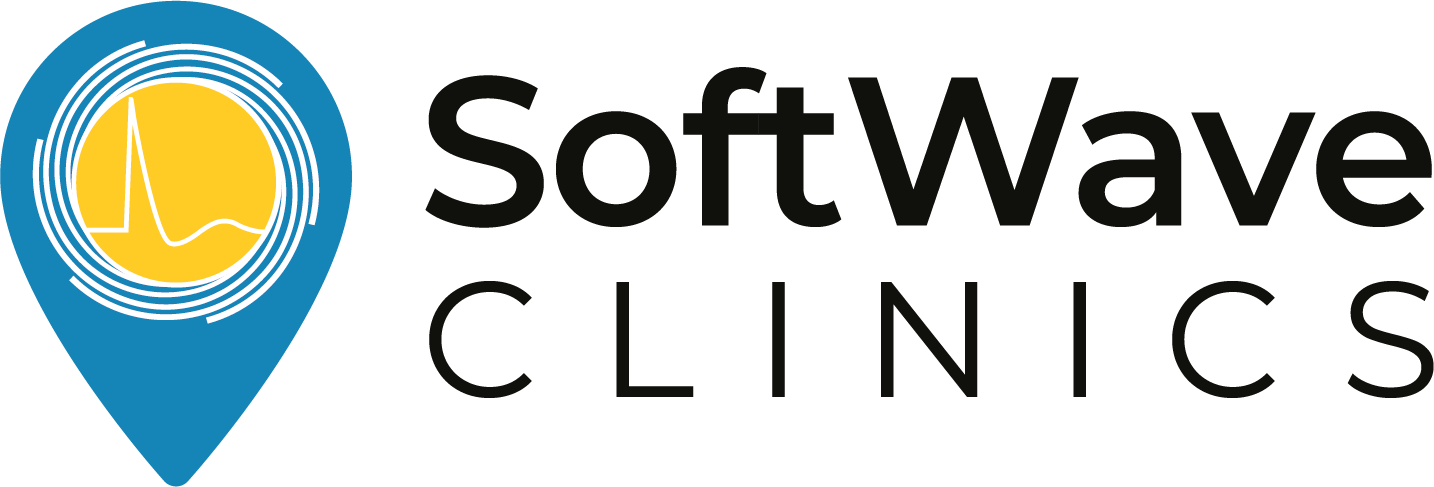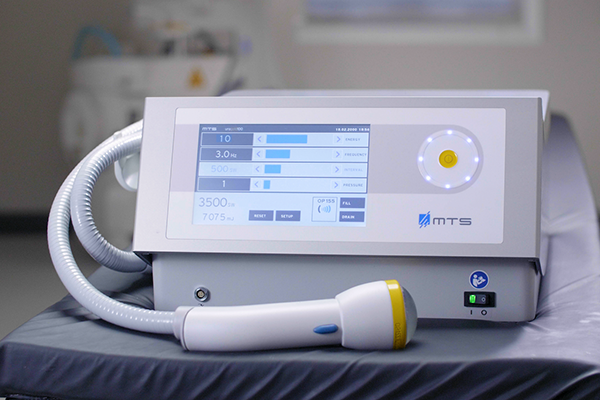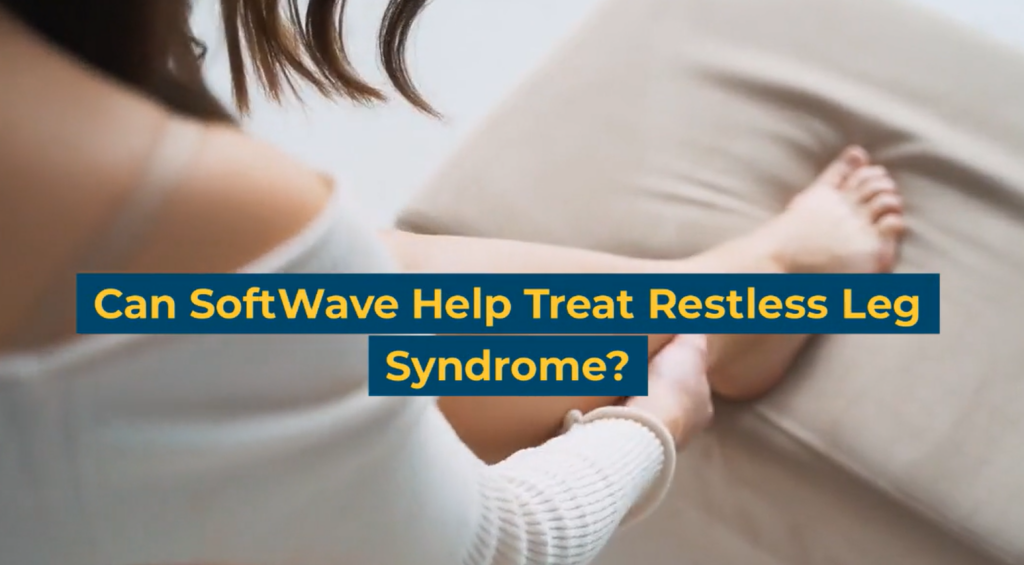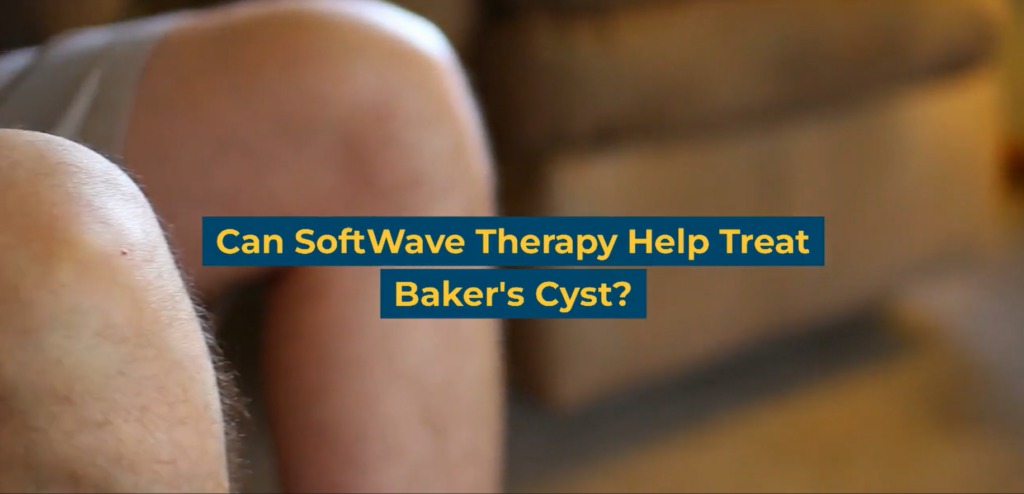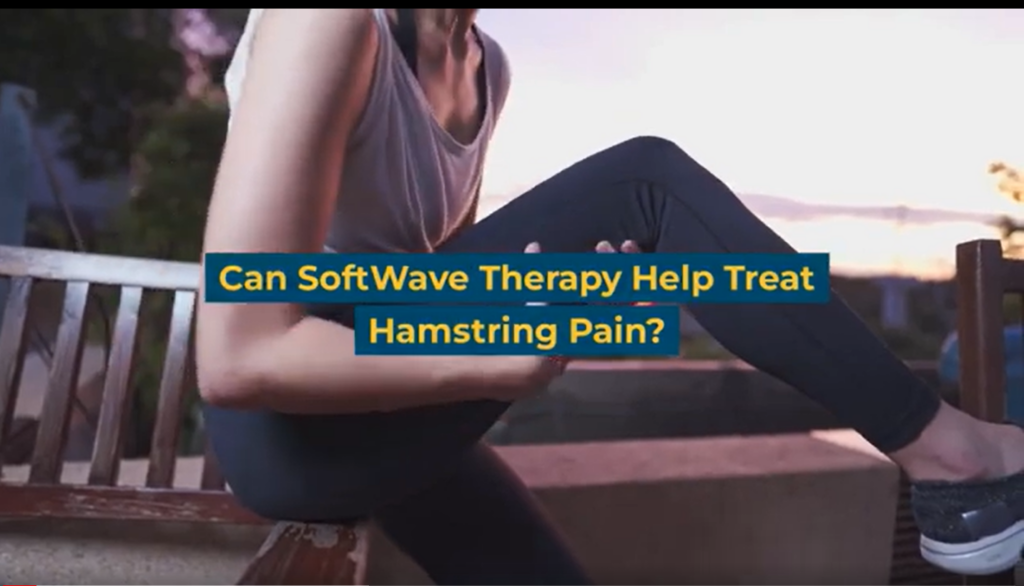Understanding Shingles: Causes & Symptoms
Shingles, caused by the varicella-zoster virus (VZV), emerges when the virus reactivates in individuals who previously had chickenpox. The dormant virus residing in nerve tissues near the spinal cord and brain can be triggered later in life by factors like a weakened immune system, stress, or aging. When the varicella-zoster virus reactivates, it travels along the nerve fibers, causing inflammation and pain. This results in the characteristic symptoms of shingles, which typically appear in a specific area of the body, often on one side. Common areas affected include the torso, face, and neck.
The symptoms of shingles can vary from person to person but commonly include:
- Pain: Shingles is characterized by intense pain, often described as a burning or stabbing sensation, which may precede the appearance of a rash.
- Rash: A red, blistering rash typically appears within a few days of the onset of pain. The rash follows a dermatomal pattern, meaning it appears in a band or strip on one side of the body.
- Itching: The rash may be accompanied by itching or tingling sensations.
- Sensitivity: The affected area may become sensitive to touch, and even gentle contact can cause pain.
- Flu-like symptoms: Some individuals may experience general symptoms such as fever, fatigue, and headache.
In addition to the acute phase of shingles, there is a risk of postherpetic neuralgia (PHN), which involves persistent nerve pain lasting months or even years after the rash heals. Traditional treatments for shingles aim to reduce pain, promote healing, and prevent complications, utilizing antiviral medications, pain relievers, topical creams, and, in certain cases, anticonvulsant or antidepressant medications.
Introducing SoftWave Therapy for Shingles Pain: What Is It?
SoftWave Therapy is a revolutionary non-invasive treatment option that has gained recognition for its effectiveness in managing various types of pain.
This treatment works by delivering low-intensity shockwaves to the affected area of the body. These shock waves are mechanical energy pulses that penetrate deep into the tissues, triggering a cascade of biological responses. The shock waves promote increased blood flow, the release of growth factors, and the stimulation of cellular activity, leading to tissue regeneration and pain relief.
SoftWave Therapy has been successfully used to treat a range of medical conditions, including musculoskeletal injuries, chronic pain, tendinopathies, wound healing, and more. It has been particularly effective in promoting tissue regeneration, reducing inflammation, and improving pain management.
Can SoftWave Therapy Relieve Shingles Pain?
SoftWave therapy shows positive outcomes in providing relief for both acute shingles pain and post-shingles pain. During the active phase of shingles, SoftWave Therapy can help alleviate pain by promoting tissue healing and reducing inflammation. The shock waves stimulate blood flow and cellular activity in the affected area, which can aid in the recovery process and mitigate pain. Furthermore, SoftWave Therapy may also offer benefits in the management of postherpetic neuralgia (PHN), which refers to persistent nerve pain that can last after the shingles rash has healed. The shock waves of SoftWave Therapy can help stimulate nerve regeneration and improve overall nerve function, potentially providing relief from PHN.
Compared to other pain management options, SoftWave therapy is non-invasive and carries a low risk of side effects. Unlike medication, it does not merely mask the pain but tackles the root cause, offering a more comprehensive solution for shingles pain.
Benefits of SoftWave Therapy in Treating Shingles Pain
SoftWave therapy offers significant potential benefits for those struggling with the pain associated with shingles. One of the core advantages is its approach to pain management: instead of merely masking the pain, SoftWave therapy aims to address the root cause. By directing acoustic waves into the affected tissues, the therapy stimulates the body’s healing processes. This includes reducing inflammation and promoting tissue regeneration around the affected nerves, which can lead to the alleviation of both acute shingles pain and post-shingles pain.
Furthermore, SoftWave therapy offers a non-invasive and low-risk alternative to traditional pain management options. This means patients can avoid the side effects often associated with medications or invasive procedures. As a versatile treatment, SoftWave therapy can be tailored to individual patient needs, making it an attractive, patient-centric solution. Its potential benefits extend beyond just pain relief, potentially contributing to improved nerve function and overall improved quality of life for shingles patients.
Start Shingles Pain Recovery with SoftWave Therapy Today
SoftWave therapy offers an innovative, non-invasive approach to pain management, treating the root cause, rather than merely managing symptoms. The potential benefits of this therapy make it an attractive option for shingle patients seeking relief from their pain.
If you or your loved ones are battling shingles pain, consider exploring the possibilities of SoftWave therapy. Schedule an appointment with a SoftWave therapy provider today and embark on a journey toward pain relief and improved quality of life.
Disclaimer: The information provided in this blog is for educational and informational purposes only and is not intended as a substitute for professional medical advice, diagnosis, or treatment. The content provided in this blog should not be used to diagnose or treat any health problems or illnesses. Always consult with a qualified healthcare professional before making any changes to your healthcare routine or treatment plan.
